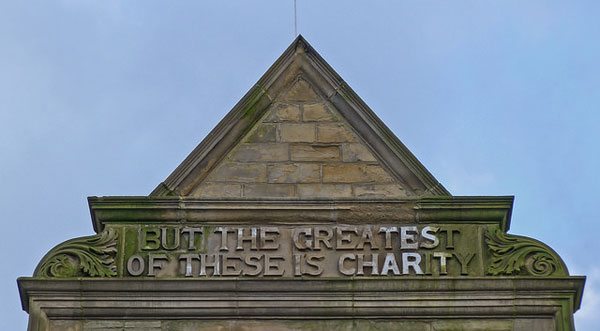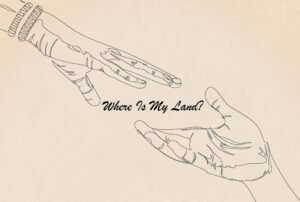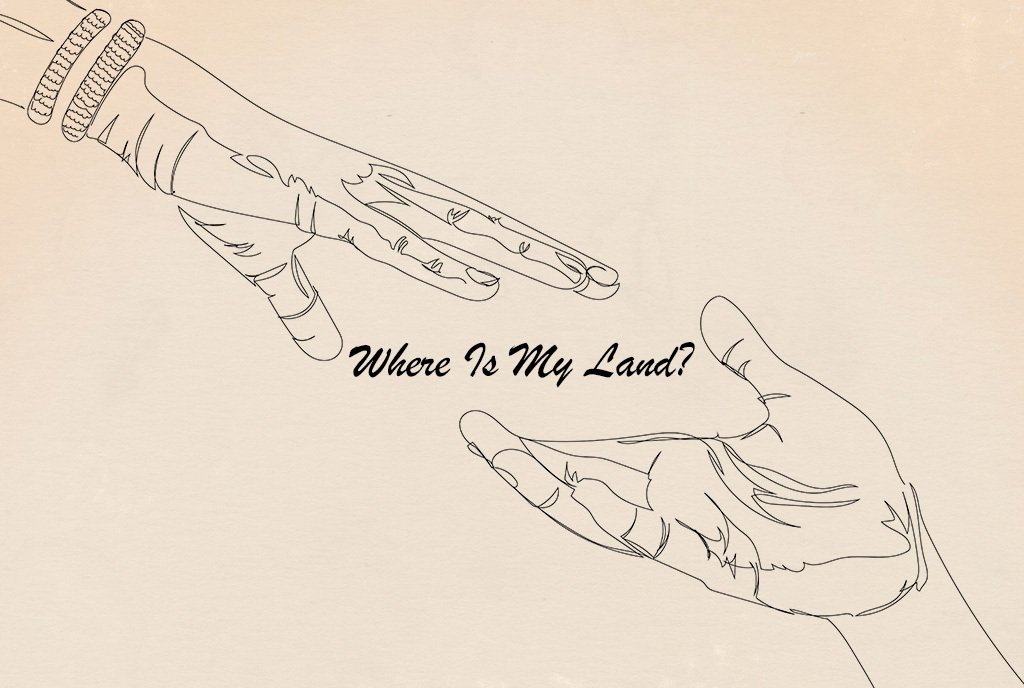
September 11, 2017; The Conversation
Astoundingly, almost half of Americans reported donating to disaster relief after Katrina and almost three-fourths donated after the September 11, 2001 attacks, according to Dr. Patrick Rooney of the Indiana University Lilly Family School of Philanthropy. He has written a piece for The Conversation about giving in response to disasters, a landscape the school’s researchers have been tracking since 9/11.
Rooney says that although large celebrity gifts tend to garner the most attention, disaster donations are typically small, averaging $50 per household, and made within the six weeks following a disaster. Often, the donations slow to a crawl as media coverage fades, but even that rule is not hard and fast. After Hurricane Katrina, he writes, “Total donations for relief efforts…almost doubled from the second month to the sixth month, rising from US$2.2 billion to almost $3.7 billion.”
Sign up for our free newsletters
Subscribe to NPQ's newsletters to have our top stories delivered directly to your inbox.
By signing up, you agree to our privacy policy and terms of use, and to receive messages from NPQ and our partners.
Rooney writes that “older people were more likely to contribute. For each additional year of age, individuals were 3.4 percent more likely to donate for 9/11 relief, regardless of their income, education and marital status.”
Households with higher incomes tended to give more than lower-income families. For example, households earning $80,000 or more gave an average of $242 to cover 9/11 relief efforts, more than three times that of households earning $40,000 or less.
He also writes that few other demographics seem to matter. “Americans gave the same way whether they were men or women, white, black, Latino, Asian American or Native American, if they were high school dropouts or had graduate degrees, if they had young children, grown children or no kids at all.”—Ruth McCambridge












